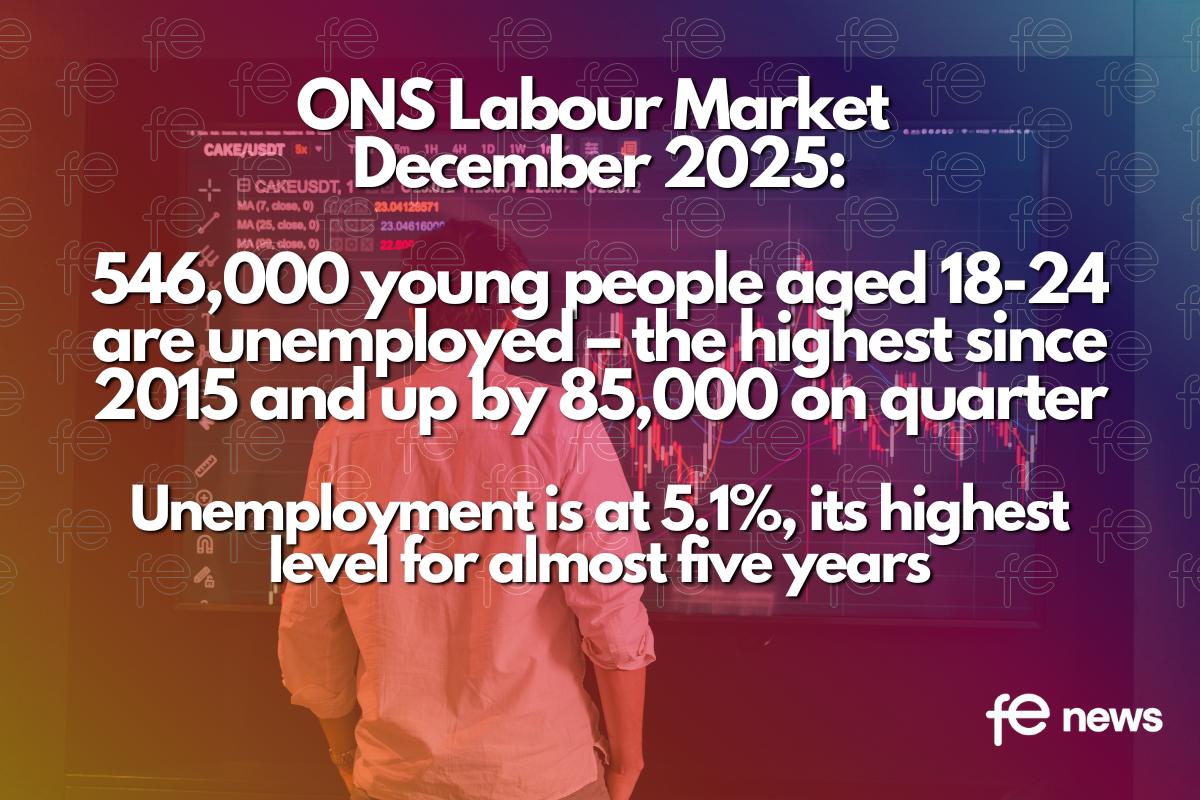Looming Mass Unemployment

The Impact So Far…
The coronavirus pandemic and associated public health responses have had a profound economic impact. Learning and Work Institute analysis found that 5-10 million jobs were in the most at risk sectors and occupations as the lockdown was introduced in late March.
Following the lockdown, new Universal Credit claims spiked to seven times their pre-crisis levels, with more than two million new claims in the ten weeks to the end of May. As a result, the number of people claiming unemployment related benefits doubled in two months, the largest annual increase on records dating back to 1922.
There are now signs that the labour market has levelled off, with the number of job vacancies showing some small rises (but still well below pre-crisis levels) and new Universal Credit claims reducing (though still 20% above pre-crisis levels).
However, we have moved overnight from almost full employment to the highest claimant unemployment since the early 90s. The impacts have been unevenly felt, with young people, women and the lowest paid most likely to work in a lockdown sector. In the early stages of the crisis, claimant unemployment has risen fastest in parts of the country where unemployment was highest to start with. Far from levelling up, we risk splitting further apart.
More Trouble Ahead
There are huge uncertainties ahead:
- First, we don’t know whether demand for reopened shops and restaurants will return: a combination of ongoing social distancing and concerns about safety may limit the bounce back in demand.
- Second, we don’t know if there’ll be a second peak of the virus, which could lead to further lockdowns or people staying away from reopened shops and restaurants.
- Third, we don’t know what will happen as the Coronavirus Job Retention Scheme is withdrawn. It is feasible that a significant minority of the eight million plus furloughed workers will not have jobs to return to. This would create a second spike in unemployment. Young people face a double whammy of disrupted education and reduced employment opportunities.
- Fourth, we don’t know when or if a vaccine or effective treatments will arrive. We need to manage a transitionary phase while we wait for that, and plan a new and better normal for when it arrives. That includes managing longer-term, pre-crisis trends like technological change and longer working lives.
All of this means there is huge uncertainty, and a very real risk of unemployment rates last seen following the Great Depression of the 1930s and one in five young people not in education, employment or training.
Our Emergency Exit report showed that, even if the economy recovers quickly, employment takes time to recover. In the past three recessions it has taken 3-7 years for employment rates to recover to their pre-recession levels. Faced with such a prospect, it is better to risk overreacting to prevent it. Underreacting would mean a deeper and longer recession that does permanent damage to our economy and to people’s livelihoods.
Implications for Post-16 policymakers
The pace and scale of change in the current crisis is unprecedented. Our response needs to match this with its ambition.
A Plan for Jobs – We argued for an urgent and ambitious plan for jobs with three core elements:
1. First, job creation.
We need direct investment to create jobs, whether in infrastructure, green measures like retrofitting and boiler scrappage schemes, or incentives for employers like hiring subsidies. We should ringfence some of the jobs created for apprenticeships and to be filled by the longterm unemployed. And try to join up employment support with the training and skills needed to do these jobs.
We’ve done this before: I remember in a previous job commissioning a training and employment scheme for retrofitting, which businesses were required to work with to access public funding for retrofitting. It was set up by then-Mayor of London Boris Johnson.
2. Second, employment and education support.
Some people – job switchers – will need only light touch support (such as signposting to available vacancies) to find new work. But the increase in unemployment means we need to at least double the number of Jobcentre Plus Work Coaches to 20,000 and bring in the recruitment industry to support.
Other people – career changers – will need more in-depth support and help to retrain. This requires skills and employment support to work together, with short, flexible, employer focused provision linked with employment support targeted on specific and upcoming vacancies.
There are plenty of previous schemes (such as the Ambition programmes of the mid 2000s) and international experience (such as WorkAdvance in the US) to draw on. This would be a good time to increase investment in learning and widen access, perhaps through a Lifelong Learning Entitlement.
Even with this help, some people won’t be able to find work. We should provide more intensive help the longer someone’s been out of work, underpinned by a Job Guarantee (see below).
3. Third, a Youth Guarantee.
We should guarantee all 16-24 year olds the offer of a job, apprenticeship or education place to avoid the damage that time out of work when young can have on career prospects.
More young people generally stay in education during recessions, partly in response to reduced job opportunities. This is sensible and a chance to tackle some of our underlying skills challenges. In particular, the proportion of young people with good basic skills and qualified to level 3 is lower in England than elsewhere. We should encourage more young people, particularly 16-18 year olds, to stay in education, with a £500 million investment in new education places plus extra financial support, whether through a new training allowance or Universal Credit.
For young people looking for work, we could temporarily allow employers to use part of their levy to cover wage costs for newly-hired young apprentices, with an apprentice grant allowing SMEs to do the same. All of this should be underpinned by a government-funded Job Guarantee for young people who struggle to find work. Building on the successful Future Jobs Fund, this would create six month jobs with training with employment support to find a job at the end of this.
Additional Reforms
Alongside an ambitious plan for jobs, post-16 policy makers should:
- prepare for more young people to stay in education, and encourage those who would benefit most to do so;
- join-up education and employment support with local initiatives that will create jobs;
- focus on increasing apprenticeship opportunities for young people;
- make sure those who were out-of-work before the crisis don’t get left behind, and intervene early to support furloughed workers who may lose their jobs to improve their skills.
Stephen Evans, Chief Executive, Learning and Work Institute
‘Revolutionary Forces‘
In the immediate aftermath of the Covid-19 pandemic, it is easy to forget that there were wider revolutionary forces at work on the UK’s economy before the virus outbreak.
With issues such as Brexit, the rise of automation in the workplace, longer working lives, and poor UK productivity brought into even sharper focus, education and skills organisations, NCFE and Campaign for Learning (CfL), jointly commissioned the ‘Revolutionary Forces’ discussion paper.
Published on 6 July 2020, the collection of articles, penned by experts from the FE sector, as well as labour market economics, employment and mental health, urges Government to ensure that the plans outlined in the forthcoming post-16 white paper are sufficiently flexible to meet the immense changes faced by the UK economy throughout the 2020s. The authors explore some of the key challenges facing the nation throughout the 2020s which the DfE needs to take into consideration when writing their recommendations:
The authors are:
- Rt Hon. David Laws, Executive Chairman, Education Policy Institute – Covid-19: Mending the Economy, Repairing the Public Finances
- Paul Nowak, TUC – The Covid-19 Inheritance: Building a Fairer and Greener Britain
- Ewart Keep, Oxford University – Covid-19 and Brexit: The Impact on Industry, Jobs and Skills
- Duncan Brown, Emsi – Declining Sectors and Growing Sectors Post Covid-19
- Kathleen Henehan, Research and Policy Analyst, the Resolution Foundation – Low Pay, Flexi-Jobs and Skills-Based Immigration
- Andy Durman, Managing Director, Emsi UK – Automation, Covid-19 and the Future of Jobs
- Stephen Evans, Chief Executive, Learning and Work Institute – Looming Mass Unemployment











Responses